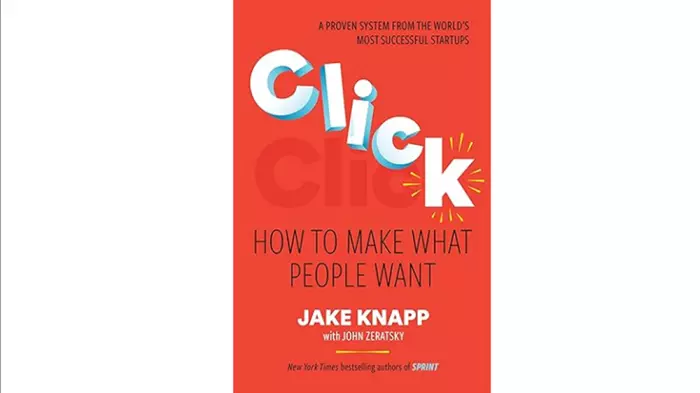How to tackle this widespread business challenge using data.
By Ben Somerset, Qrious Data Advisory
When it comes to creating a seamless customer experience, local companies are no longer competing in their own back yard – they’re up against the most recognisable brands in the world.
Think Amazon and Apple – these companies have set the bar high for delivering timely and personalised service across every customer channel. They invest in optimising the customer experience and, by extension the customer journey, because it pays off in multiple ways, including boosting sales, increasing customer loyalty and improving brand and CSAT (customer satisfaction) scores.
In a Salesforce survey of 14,300 global businesses (including New Zealand), 80 per cent of customers say the experience a company provides is as important as its product or service – and 88 per cent say good customer service makes it more likely they will purchase from that company again.
Furthermore, they expect seamless service regardless of their channel of interaction, with 74 per cent expecting to do anything online they can do in person or by phone.
The legacy business structures challenge
Getting the right message via the right channel at the right time is entirely doable; it's just not an easy task. This is especially true for companies structured in the traditional way, with individual business units managing their own separate channels, products or services.
For example, consider a disgruntled customer having a terrible experience in the contact centre one morning only to receive product offers that same afternoon through the marketing channels.
That’s why creating a great customer experience begins with bringing the right capability together. At Spark, the whole organisational operating model has been re-designed to enable our business to confidently embark on our AI-driven marketing and intelligence journey.
This is because we recognise established businesses can fail when it comes to seamless customer journeys – and that being technology-led is not the solution. You need to look at teams, capability, funding, success metrics, training and adoption alongside the enabling technologies and processes.
It’s why start-ups can swoop in, provide a better experience and win the customer - they're simply more able to pivot to meet customer expectations. That doesn’t mean established businesses can’t flex too; they just need to find out what legacy challenges are holding them back to plan how to move forward.
CX is everyone’s business
Key to overcoming these macro challenges is to recognise executing great customer experience is the responsibility of everyone in the company. It’s often assumed only marketing, together with IT, needs to be involved.
Data, AI and other emerging technology are key components in enabling a seamless and personalised customer experience. It’s the discipline of bringing together a vast range of data – behavioural data, customer sentiment, demographic data, survey data, web and mobile browsing activities, CRM interactions and so on – into modern data infrastructure that allows customer data unification and observability, AI-driven decisioning and measurability. Unifying CX channels is far easier once the customer data has enterprise coordination and management.
There are, however, many different disciplines across the organisation which also have a part to play – not least the folk in security and legal, who ideally need to be involved at the start, providing oversight of data storage and collection, as well as its use and interpretation.
Align with the business strategy
Then there is the executive. The leadership team need a keen understanding of what’s involved and, more importantly, of the benefits. CX, Digital, Data or AI strategies should be aligned with the organisational strategy and goals set by the executive and board.
The other critical components are metrics and a clear articulation of ‘the why’. This will generate interest, while robust measurement and proof of value, will help secure future funding for the programme to scale.
As Industry Analyst firm Gartner notes in its recent report Predicts 2024: Data and Analytics Governance Requires a Reset: “Data and analytics governance continues to be a significant challenge for many organisations”. The reasons include “the lack of alignment to real business needs”.
Gartner, Inc states: “Start with your organisation’s business scorecard and strategic plan. Identify the prioritised business initiatives that are critical to achieving strategic organisational outcomes and reframe your Data and AI programme in this business context.”
The tools and tech are available; they just need to be leveraged in a way that provides quick wins up front. Prioritisation is therefore important – you have finite resources, so start with the project that will have the most profound impact. Then move to the second- and third-use cases and, once they are delivered, you will have developed a practice around Intelligence and automation. You will also start to notice a kind of snowball effect of efficiency, as your CX capability matures.
Better employee experience
While a seamless customer experience can help boost sales and brand health, it can also bring down the cost of service. That’s because, when CX execution is highly manual, you need more people to perform jobs of less value, which in turn is difficult to scale.
When employees involved in customer interactions and experiences are freed from the mechanics of execution, they can focus on enabling optimisations, being involved in strategic initiatives and higher-value components of their jobs.
This is where data, AI and automation have a significant role to play. Employee satisfaction is sometimes overlooked as a benefit, but great customer experience starts with engaging and enabling your own people.
Spark recently asked New Zealand businesses about their uptake of AI and Machine Learning – 40 per cent of organisations reported using data and AI to improve customer journeys and therefore customer experience.
If your organisation is not among them, you might want to ask yourself if your competitor is. If they aren’t, then are you creating an opportunity for a start-up to lure your customers away?
Global companies have raised the bar for local consumers who have high expectations when it comes to customer experience. If you don’t find ways to reach those heights, it’s entirely possible someone else will.
Need help with where to get started? Our team is here to support your business to map out the best path to meaningful data and AI-powered customer experiences.
The full Gartner, Inc. report Predicts 2024: Data and Analytics Governance Requires a Reset has been made available to Insight Engine readers for a limited time here.
Read more on Insight Engine
Find more fresh insights on the technology-related business priorities shared by Aotearoa’s business leaders on Insight Engine:
Five steps to meaningful data monetisation - Realising the true value of your organisation’s data.
Making the most of core customer metrics - Balancing efficiency metrics with those that support customer relationships.
Ben Sommerset is a Managing Consultant in the Qrious Advisory and Innovation Practice. Ben works with New Zealand organisations to help them realise the value of their data assets, from getting started on their data maturity journey through to using data to drive innovation and meaningful business change.






